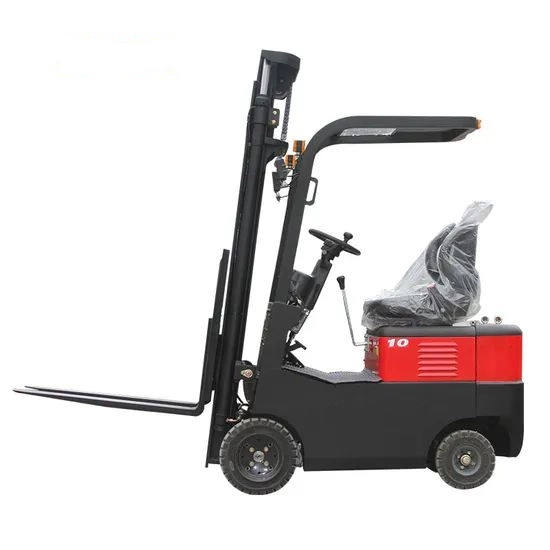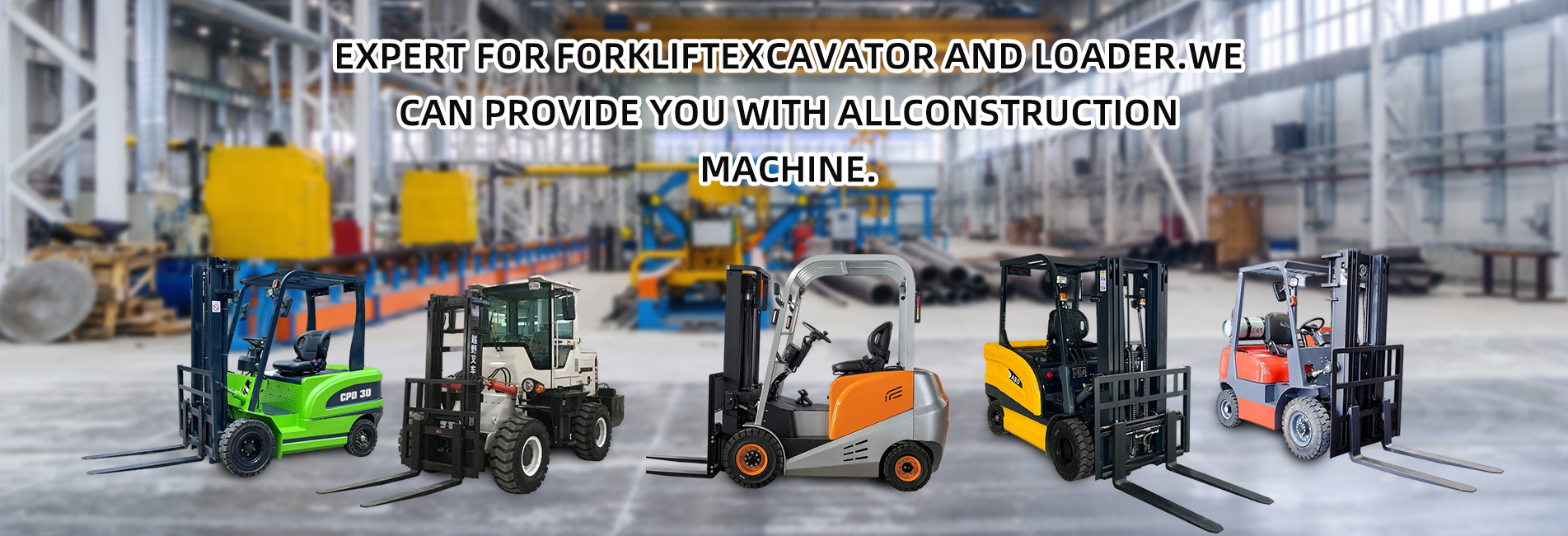The selection of the load capacity for an electric forklift should be based on actual operational requirements. The core principle is to "meet the current maximum load and reserve a reasonable margin". Specifically, it can be judged from the following dimensions:

I. Core Basis: Weight of Goods
Basic Load Capacity
It is based on the weight of the heaviest goods handled daily. For example:
- If you mainly handle 1.5-ton goods, you can choose a 2-ton electric forklift (with a margin of about 30% reserved);
- If you frequently handle 3-ton goods, it is recommended to choose a 3.5-4 ton one (with a margin of 15%-30%).
Reason: Long-term full-load operation of the forklift will accelerate the wear of components and shorten its service life. Reserving a margin can improve safety and durability.
Special Cases
- If the goods have impact loads (such as Bump and tilting during handling), an additional 10%-20% margin needs to be added;
- If irregular goods (with offset center of gravity) need to be handled, it is recommended to calculate the load according to the actual center of gravity of the goods (consult the manufacturer if necessary).
II. Common Load Ranges and Applicable Scenarios
| Load Range | Applicable Scenarios | Typical Models |
|---|---|---|
| 0.5-2 tons | Handling of light goods (such as e-commerce packages, small parts), warehouse stacking (shelf height 5-8 meters) | Electric stackers, reach electric forklifts |
| 2-3.5 tons | Medium-sized goods (such as palletized commodities, cartons), general use indoors and outdoors (workshops, logistics centers) | Counterbalanced electric forklifts |
| 3.5-5 tons | Heavy goods (such as metal parts, large equipment), high-frequency handling | Heavy-duty electric forklifts (need to be matched with large batteries) |
| Above 5 tons | Special industrial scenarios (such as ports, heavy manufacturing), electric forklifts are rare (mostly internal combustion or hybrid) | Customized electric forklifts |
III. Other Influencing Factors
Lifting Height
If lifting above 5 meters is required, a more stable model (such as a Bold designed mast) should be selected for the same load to avoid safety impacts due to excessive center of gravity.
Operational Intensity
- Daily operation ≤ 4 hours: Ordinary load is sufficient;
- Daily operation 4-8 hours: It is recommended to increase the load by 10% to reduce motor fatigue;
- Continuous operation (such as multiple shifts): Priority should be given to heavy-duty models, matched with large-capacity batteries or fast-charging systems.
Cost Balance
The larger the load, the higher the purchase cost and energy consumption of the forklift (for example, a 4-ton electric forklift is 30%-50% more expensive than a 2-ton one). It is necessary to avoid "blindly choosing a large one". If you only occasionally handle overweight goods (1-2 times a month), you can consider renting a heavy-duty forklift instead of holding it for a long time.
Summary
The most reasonable load capacity = daily maximum cargo weight × (1 + 10% - 30%), and a comprehensive judgment should be made in combination with lifting height, operational intensity and cost. For example: if you handle 2 tons daily, occasionally 2.5 tons, and lift 4 meters, a 2.5-ton electric forklift is sufficient; if you handle 3 tons for a long time and lift 6 meters, a 3.5-ton model is recommended.


